Former conjoined twins Nima and Dawa enjoy milestone birthday
Former conjoined twins Nima and Dawa have celebrated their seventh birthday more than five years after undergoing a life-changing surgical separation in Australia
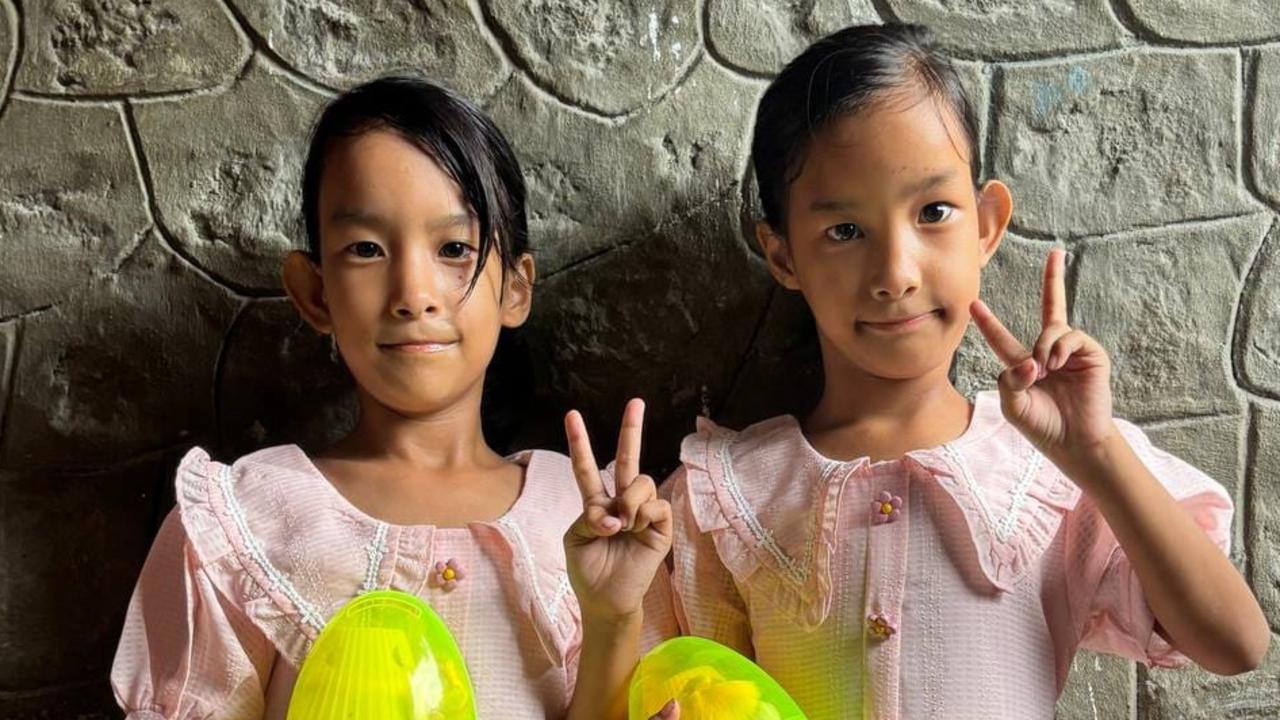
READING LEVEL: GREEN
Former conjoined twins Nima and Dawa Pelden have celebrated their seventh birthday, more than five years after surgical separation in Australia.
The twins, who were born joined at the chest and abdomen, were pictured smiling and walking hand-in-hand in new footage posted on social media last week.
The sisters were just 14-months-old when they flew from their home country of Bhutan* to Melbourne to be separated in life-changing surgery at Royal Children’s Hospital in 2018.
Conjoined twins, or twins whose bodies are physically connected, are very rare and aren’t always able to be separated if they share limbs or organs. But Nima and Dawa were able to be separated from one another during the six-hour operation.
Their proud mum Bhumchu Zangmo said the twins were now healthy and were in Year 2 back home in Bhutan.
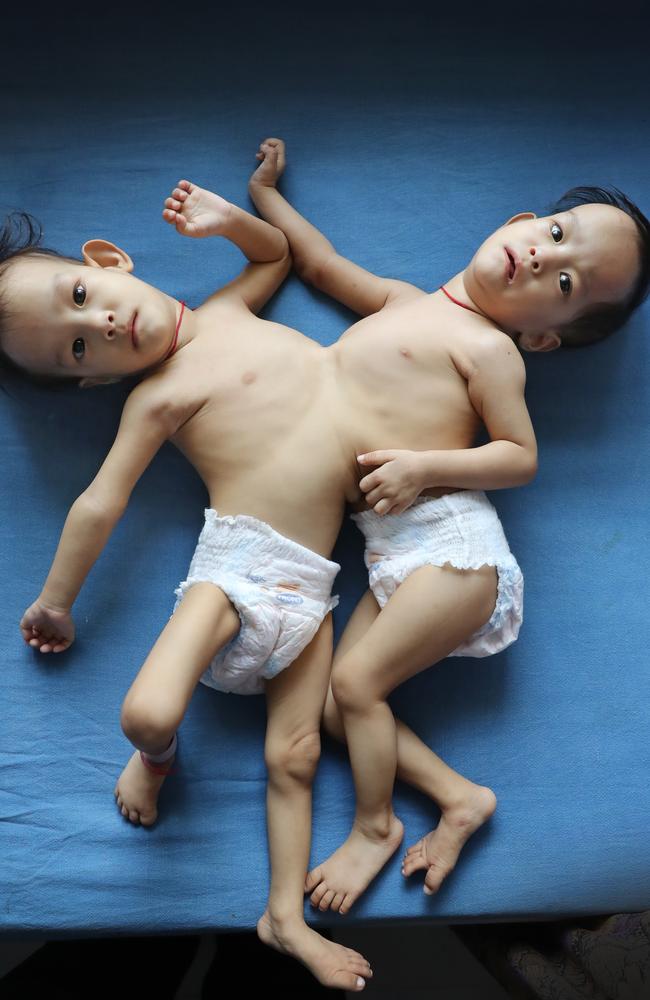
“They are indeed growing up so well and mature,” she said.
“(They) even ask me if I need any helping hand from them.”
She said they loved making toys and building houses together.
“They enjoy playing together,” she said.
“Also to draw and to paint, even sometimes they enjoy watching YouTube tutorials.”
She shared photos of her daughters lighting candles at a temple*, and out for dinner with the family.
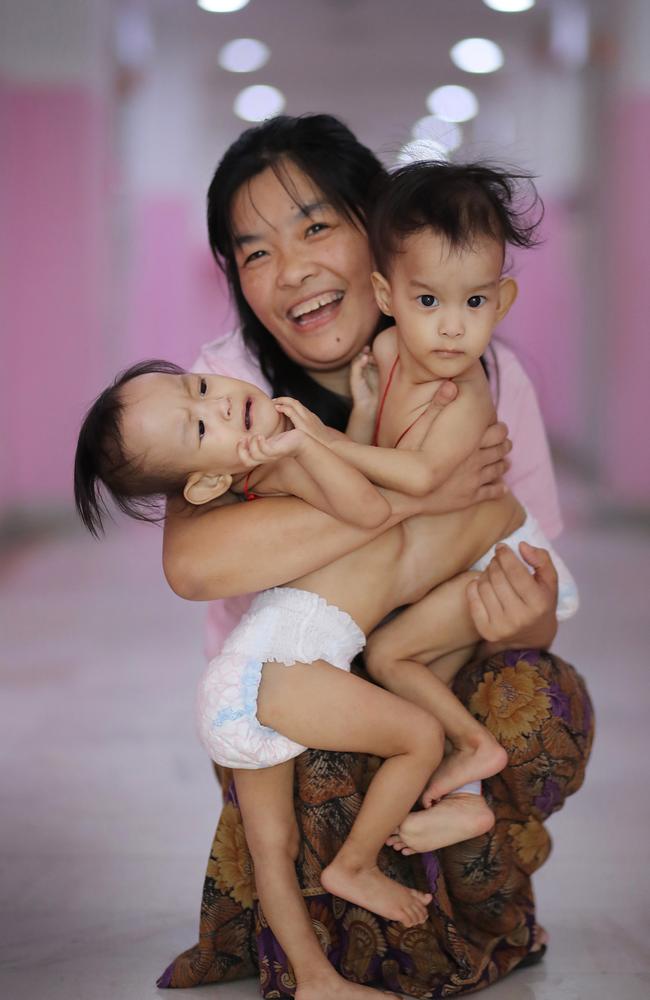
Mrs Zangmo said they normally cut cake with friends and have a small celebration for their birthday.
“But this time they wanted something different,” she said.
She said the twins chose to visit their local temple and offer food to the elderly.
“They enjoy every little thing,” she said.
FACTS ABOUT CONJOINED TWINS
While doctors don’t know exactly how conjoined twins are formed, they believe it happens while an embryo* is developing during the early stages of pregnancy.
Sometimes in pregnancy, an embryo splits into two identical* embryos and identical twins are formed. Doctors believe conjoined twins are either formed when the embryo doesn’t split all the way or when two separate identical twin embryos get stuck together at a certain point.
All conjoined twins are identical.
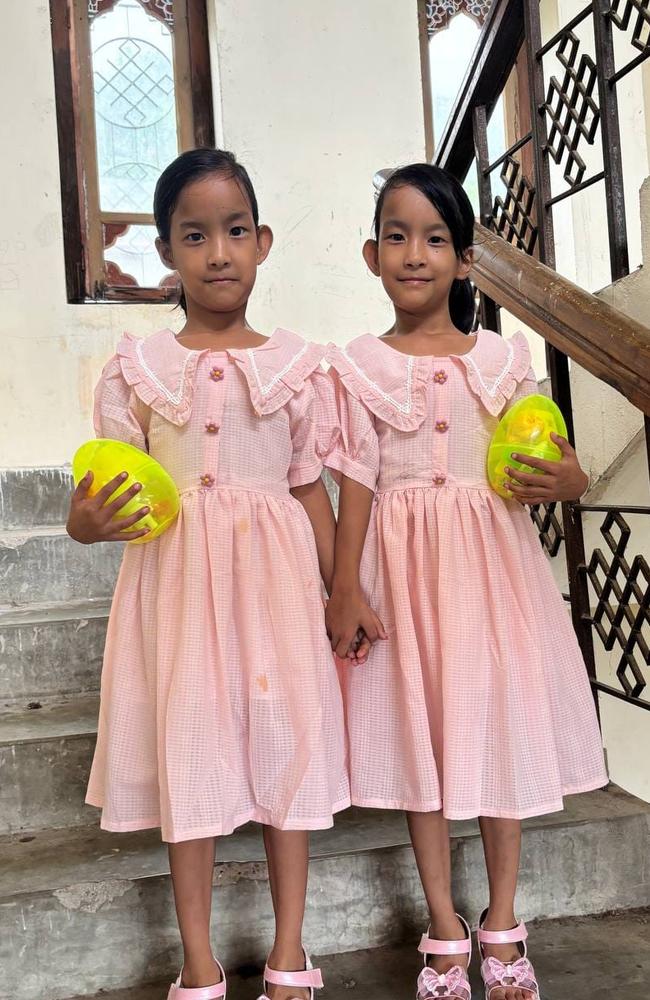
Conjoined twins are very rare and only occur in about one in every 50,000 pregnancies. Sadly, many conjoined twins die before they are born.
While Nima and Dawa were joined by the chest and abdomen and shared a liver and a bowel, other conjoined twins have been born joined at the head, pelvis or spine or have shared one set of legs.
About 70 per cent of conjoined twins are girls and 75 per cent are attached in the chest and share organs with each other.
Not all conjoined twins can be safely separated, especially if they share a vital organ* such as a heart or brain.
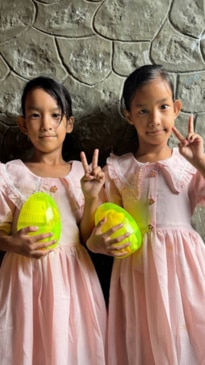
POLL
GLOSSARY
- Bhutan: a country in South Asia in the Himalayas that is known for its Buddhist temples and monasteries
- temple: a place of worship
- embryo: the earliest stage in the development of an egg, which will continue to develop into a baby during a pregnancy
- identical: exactly the same
- vital organ: the main organs in the body necessary for life, such as the heart, brain and lungs
EXTRA READING
Twins Nima and Dawa flying home to Bhutan
Letters cheer up twins ahead of surgery
Doctors to separate conjoined twins
QUICK QUIZ
1. What are conjoined twins?
2. When were Nima and Dawa separated through surgery?
3. How rare are conjoined twins?
4. Which two organs did Nima and Dawa share as conjoined twins?
5. What is the name of the country where Nima and Dawa live?
LISTEN TO THIS STORY
CLASSROOM ACTIVITIES
1. Write the story
Why is Nima and Dawa’s birthday a News story? Write a paragraph explaining why these twins are newsworthy, or worth a news story.
Time: allow at least 25 minutes to complete this activity
Curriculum Links: English
2. Extension
Why was it possible for the twins to be separated when they shared a liver? Use your research skills to find out more about the liver and why this could happen. Use the information that you have found to create a Fact File about this amazing part of our bodies and why the twins could be separated.
Time: allow at least 45 minutes to complete this activity
Curriculum Links: English, Science, Health and Physical Education
VCOP ACTIVITY
To sum it up
After reading the article, use your comprehension skills to summarise in a maximum of three sentences what the article is about.
Think about:
- What is the main topic or idea?
- What is an important or interesting fact?
- Who was involved (people or places)?
Use your VCOP skills to re-read your summary to make sure it is clear, specific and well punctuated.

